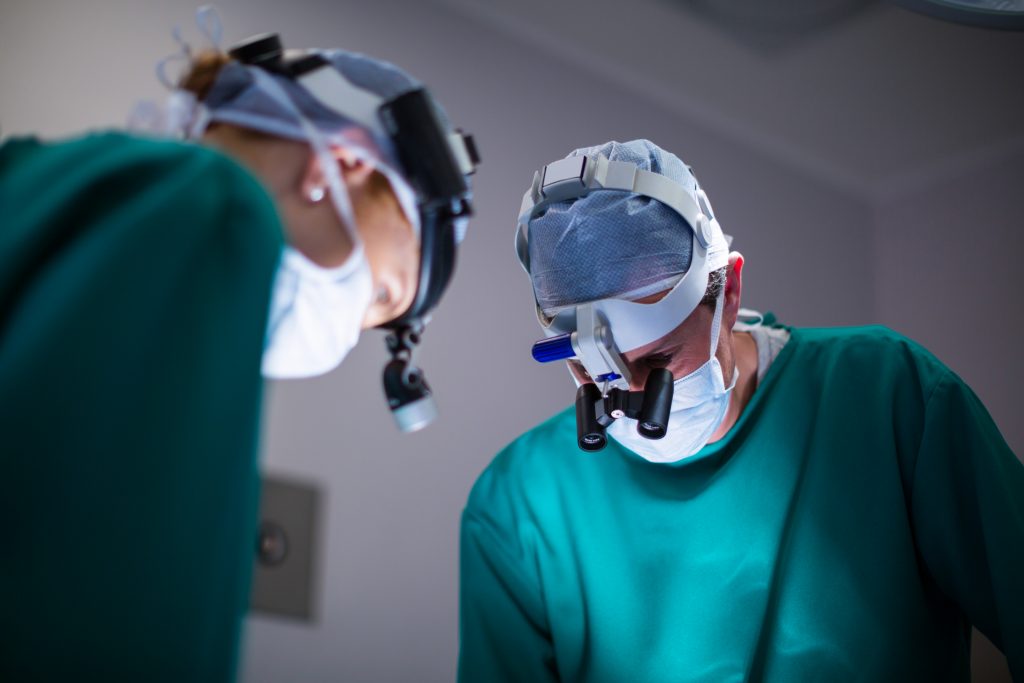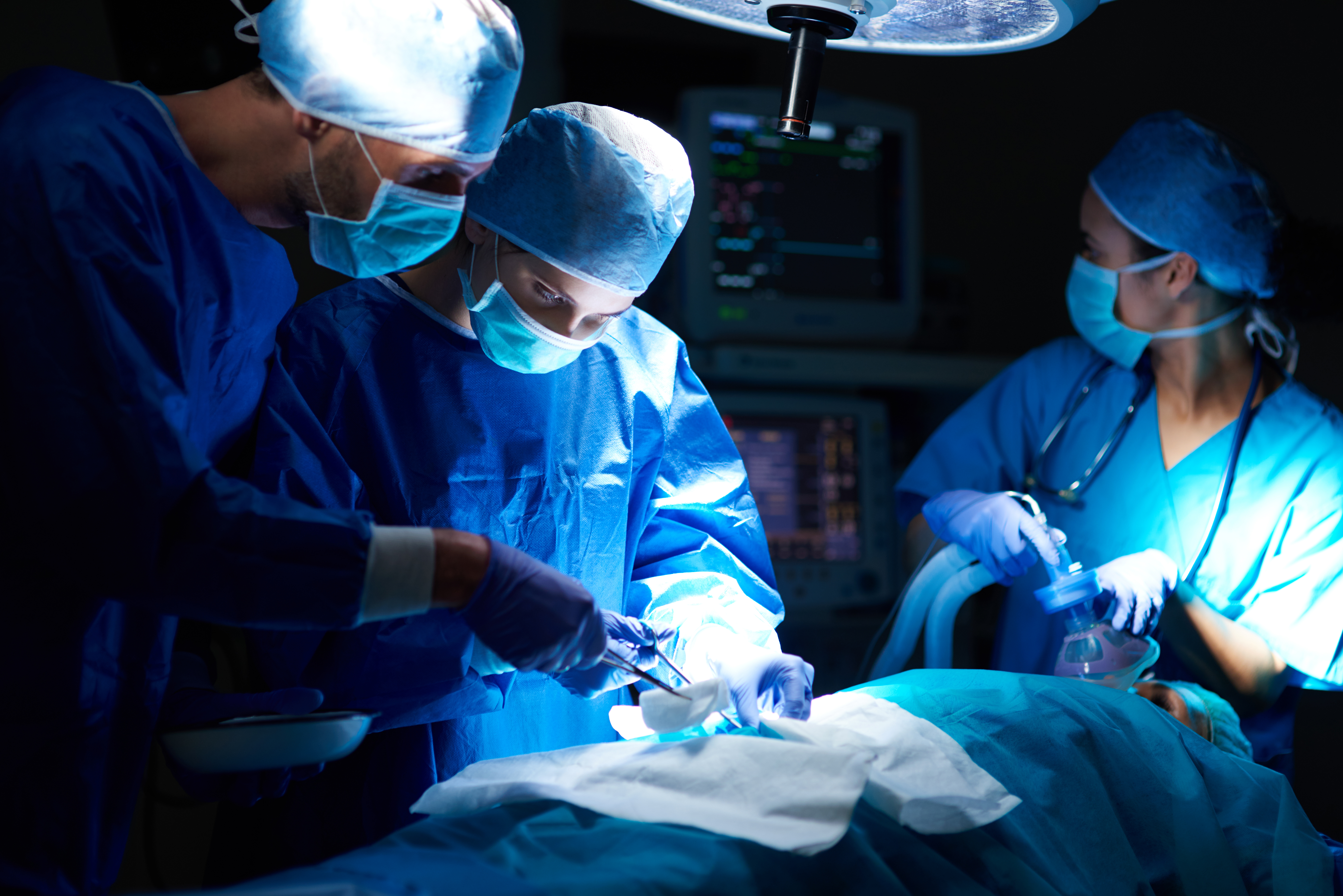Frequent bathroom breaks are a common thing for any reason, like sugar or drinking too much liquid. But if that frequent bathroom break exceeds its limitations and comes with a more serious side issue like problems while urinating, painful sensation while urinating, or any other reproduction problems related to male reproduction organs, this is when you should consult a urologist for most of the 10 common urology procedures that can easily cure you any urology problems.
Any urinary problems can be easily sorted out by visiting your urologist, who can easily treat your diagnosis with various common urology procedures. Not only this, but these 10 most common urology procedures are also designed for many other problems for men, like permanent birth control, reversing permanent birth control in men, and many more.
These 10 common urology procedures have high benefits for men, but along with these benefits, we have to remember that these 10 common urology procedures have side effects.
This is why we have brought this article to you to give a detailed guide on 10 urology procedures, who is a urologist, when should you consult a urologist, and a list of the 10 most common urology procedures for men.
Table of Contents
What are the 10 common urology procedures?
Urology procedures are those surgical treatments for urology diagnosis that are specifically done for men’s reproductive organs. But before proceeding to discuss the 10 common urology procedures, let’s first discuss who a urologist is and what urology is.

What is urology?
Urology is the field study of medicine and treatment related to the urinary tract and male reproduction problems. The urology study has some separate bases of study relating to different fields of the urology department.
- Female urology study: female urology is the study that focuses on urinary tract problems in females.
- Male infertility study: Male infertility is the study of the male birth control solution for men’s
- Neurology: Neurology is the study of neurourology in the urinary tract related to urinary problems because of nerve problems.
- Pediatric urology study: Paediatric, as the name suggests, focuses on urology problems in children.
- Urology oncology study: The urinary system has other risky factors that can cause serious health problems like cancer, kidney stones, and others.
Who is a urologist?
Urologists are specialists in the diagnosis of urinary problems and treating those problems in both men and women. Not only are these urologists specialists in treating any problems in the male reproduction organ,
The urologist is also a specialist in performing any surgeries or non-surgeries in the urinary tract for both male and female problems.
The urinary tract is the part of our body that holds the urine, releases urine, and creates urine for the body, but along with these urinary tracts, there are other areas of problems that are also treated by urologists.
- Kidney: The kidney is the organ that plays a part in cleaning out the waste from the blood to produce urine.
- Ureters: Ureters are the connecting tubes of the kidney and bladder, which play the role of transferring urine from the kidney to the bladder.
- Bladder: This is the sac-like place that plays a role in holding up your stored urine.
- Urethra: This is the passage-like tube in the bladder that acts as a tube to release the urine from the bladder out of the body.
- Adrenal gland: these are two glands that are on top of the kidney, respectively, and act as hormone release actors.
These are the fields that urologists treat commonly in both men and women.
However, there are certain specific male reproduction organs that are only specifically treated by the urologist.
- Penis: The penis is the organ in the male reproductive system that releases urine, produces semen and releases semen.
- Prostatic: The prostatic gland is the organ underneath the bladder that acts as a fluid-nourishing organ in sperm to produce semen.
- Testicles: The testicles are the two organs that produce male testosterone hormones and sperm in the male body.
Any diagnosis in these male reproductive systems is easily treated by the urologist with both the 10 most common urology procedures—surgery and non-surgical procedures.
When should you consult a urologist?
Keeping track of your urinary health is a must for everyone, as issues with urinary tract problems can be symptoms of many various reasons, but there are some major symptoms of urinary tract problems that you should definitely consult your doctor for an immediate appointment.
- Blood: If at any moment you see blood in your urine, then immediately consult your doctor.
- Urgent need to urinate: The pressure of urgency in holding urine is very common, but if you notice any frequency in urinating along with an extremely urgent need to pee, then you should definitely check with your urologist.
- Painful urination: If you see any painful pressure in your lower back, side, or pelvis, this is the first sign for you to immediately consult your urologist.
- Burning urinating: If you have any trouble while urinating, like painful urine or a burning sensation while urinating, this can be a sign of various risky disorders for you.
- Leakage: A urine leakage is a very common symptom of various disorders or issues in various areas of your urinary tract system.
- Weak urine: weak urine or incomplete urine can be another concerning symptom of urinary tract problems.
The top 10 common urology procedures
There may be 10 common urology procedures in the urology department field through which the urologist can easily treat various urology problems.
- Penile Implants: Penile implants, or prostheses, are a common urology procedure for men. This is a kind of surgical treatment procedure where devices are inserted in the male reproducing organ penis when it is unable to get an erection for various reasons, like erectile dysfunction (ED). This is a condition where the male reproducing organ is unable to get any erections. This is one of the 10 most common urology procedures that is usually only recommended after all the other treatments for erectile dysfunction (ED) don’t work.
- Male circumcision: This is one of the 10 common urology procedures but is usually only performed commonly in certain parts of the world. This is a surgery where the foreskin of the male reproducing organ, the penis, is removed from the newborn baby.
- Penile Plication: Another of the top 10 common urology procedures for males This is a specific surgery performed for those suffering from Peyronie’s disease. In this condition, a scar-like tissue of plaque covers the layers of the penis, making it less faxible, and this causes the penis to curve into such an angle that it can make intercourse extremely painful or impossible to such an extent. The penile implantation surgery treats the curvature by placing permanent stutures opposite the scaring plaque, which causes the painful curvature in the penis.
- Lithotripsy: These 10 common urology procedures are usually performed for the removal of large kidney stones. This surgery uses a special shockwave or laser technique to break down big stones to help them pass through the urinary tract.
- Orchiopexy: This surgery is performed to move the testicle from the abdomen or groin to the scrotum through a tacking stitch formula.
- Ureteroscopy: This surgery is used to treat small kidney stones and is usually done with a thin, long tube with light and a camera through the urethra and bladder to the ureter, where the kidney stones are.
- Cystoscopy: This surgery is used to treat bladder conditions, where a long, thin tube instrument with a light and camera called a cystoscope is inserted through the bladder and urethra to check the lining of the bladder.
- Prostate procedure: There are numerous prostatic procedures, a few of which are the
UroLift: This is a mild treatment done for mild to moderate enlargement of the prostatic gland.
Prostate biopsy: This is a procedure done for the testing of prostatic tissue for lab tasting.
Transurethral needle ablation (TUNA): This is a procedure used to shrink the enlarged prostatic gland tissue that presses into the urethra,causing urinary problems.
- Vasectomy: this is a popular procedure used for permanent birth control in men, where the doctor cuts off the supply of sperm to semen by blocking the vas deferens.
- Vasectomy Reversal: This is not a guaranteed procedure; this procedure is performed to repair the vas deferens of the man if they want to reproduce again, but the chances of conceiving are very slim.
Conclusion
There are various procedures and surgeries for treating numerous urology problems, and we have discussed some of the 10 common urology procedures for you, but before proceeding with any of these procedures, it is mandatory to consult with a doctor and gain knowledge of the side effects of these procedures.
FAQ’s
What is the most common urological condition?
Ans: There are numerous common urological problems, but the most common among them is the urinary tract infection, which is mostly common in women, where their urinary tract is infected by various factors.
What are the 10 common urology procedures used on the urinary system?
There are various urology procedures used on the urinary system; the most common are the
Penile Implants
Lithotripsy
Ablation therapy.
Adrenalectomy.
Artificial urinary sphincter.
Bladder augmentation.
Bladder removal surgery (cystectomy)
Brachytherapy.
Chemotherapy.
Choline C-11 PET scan
What are common urology tests?
Ans: Urine tests are the most common urology tests, which are done for various reasons and diseases.





